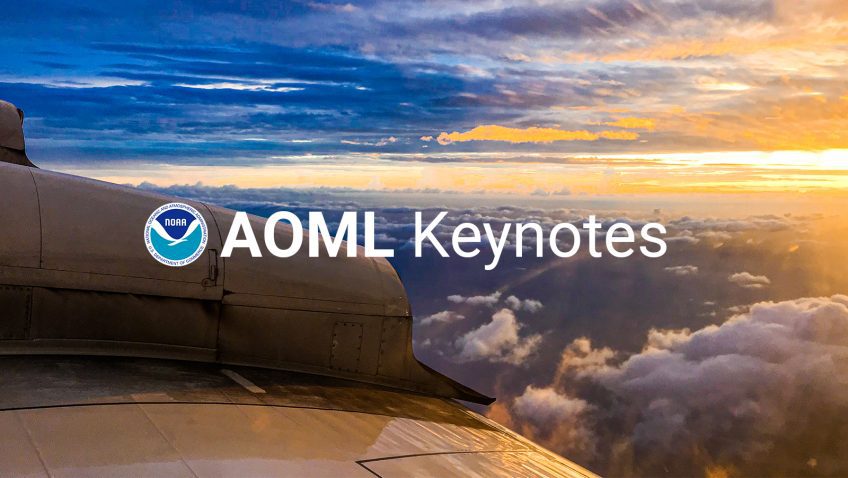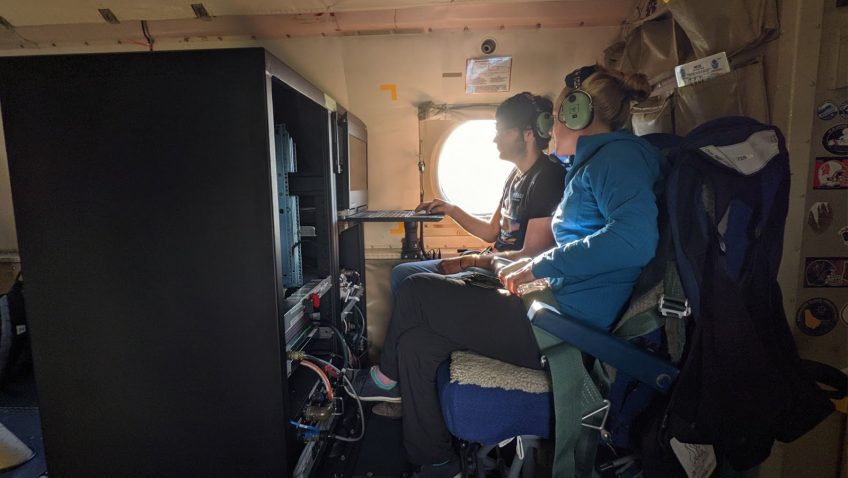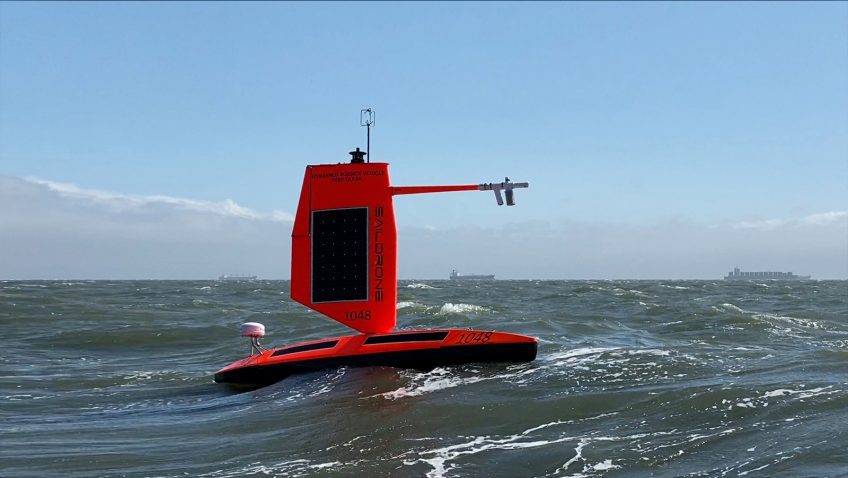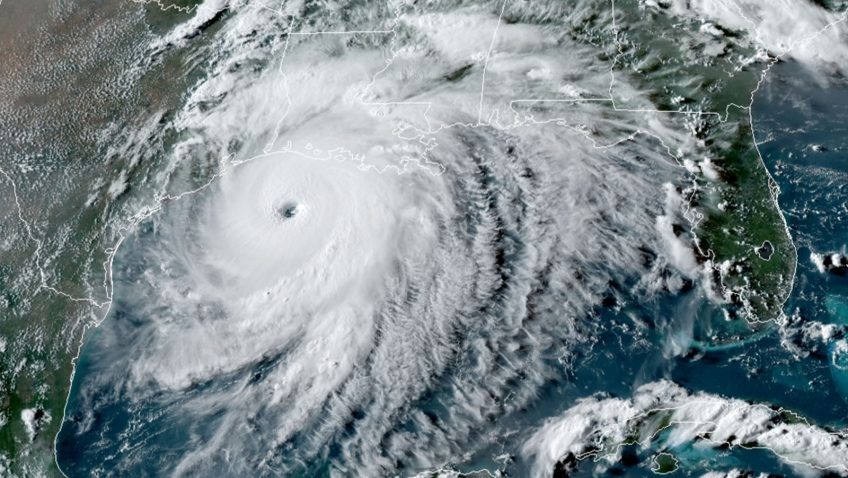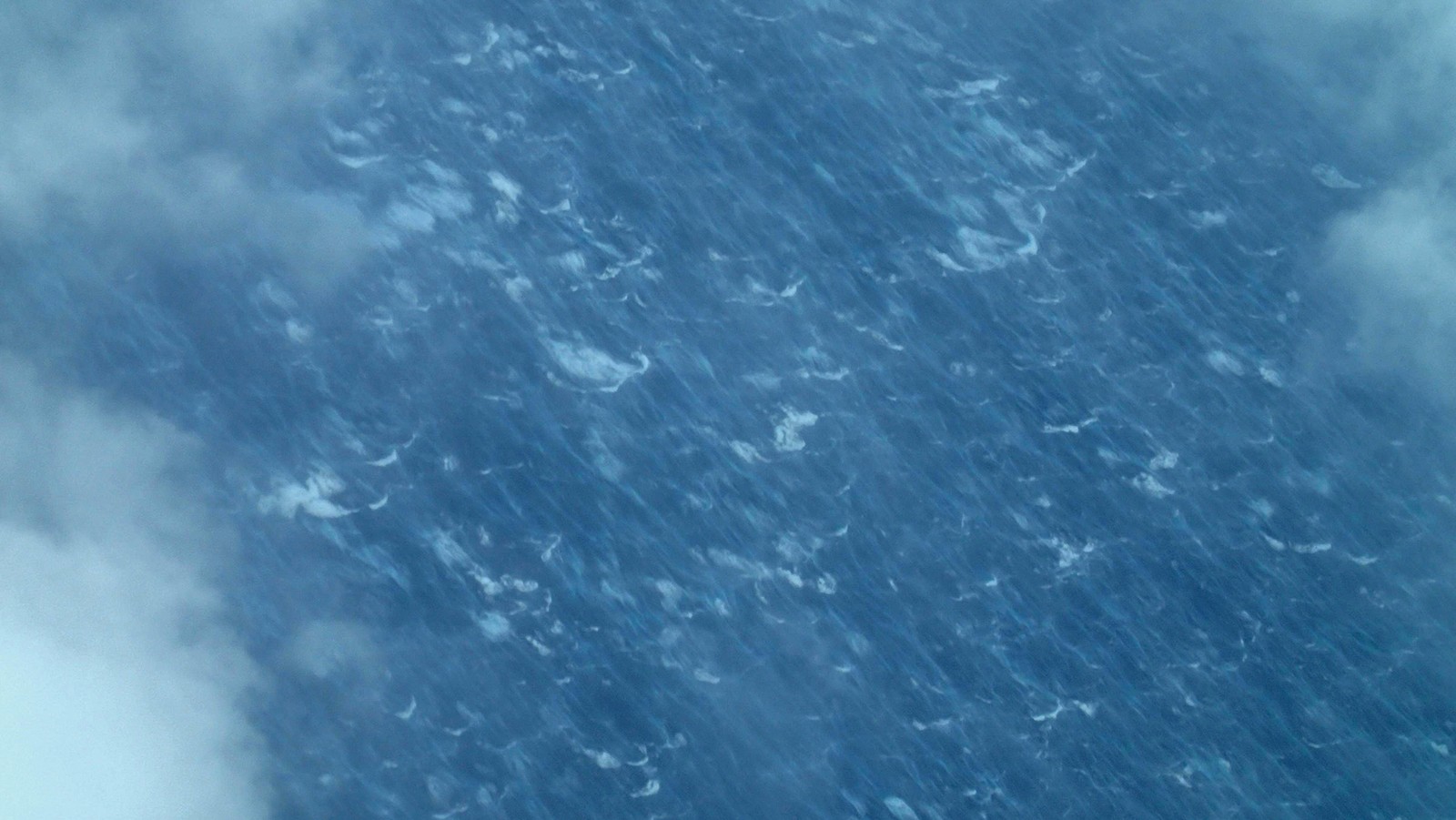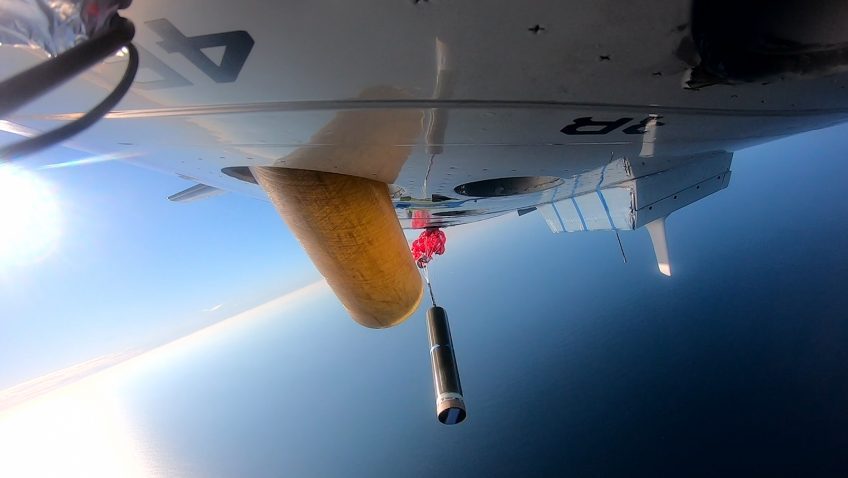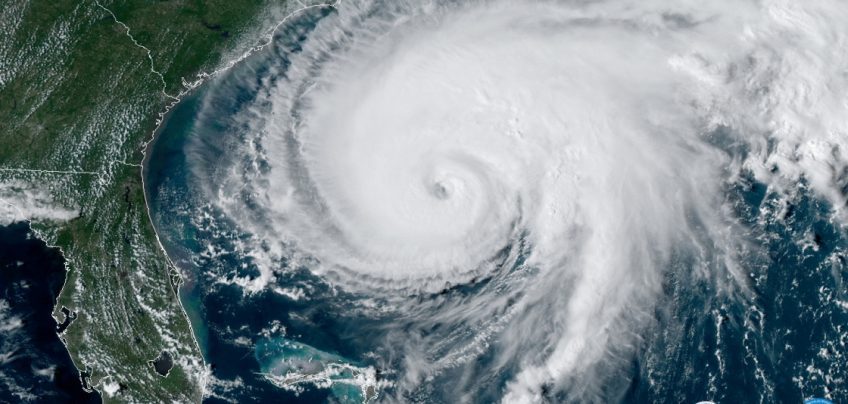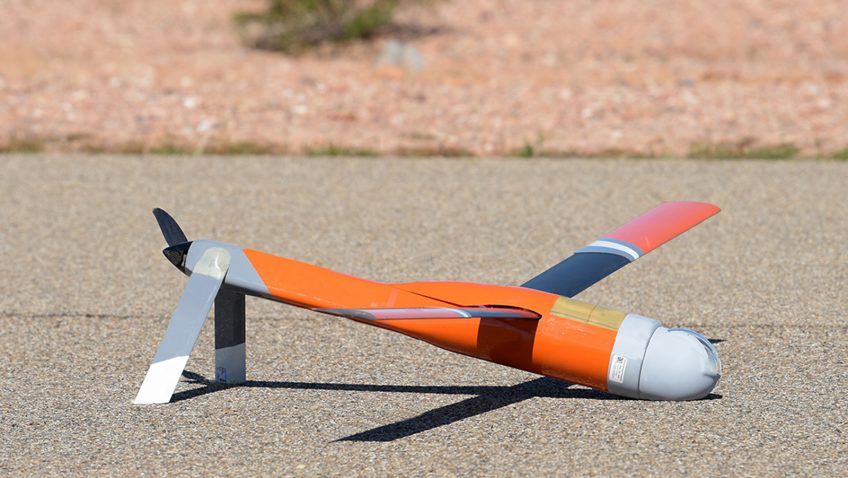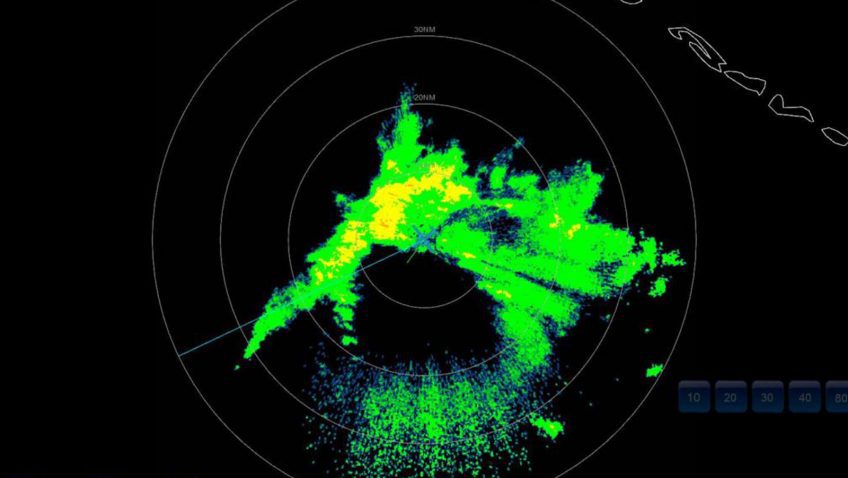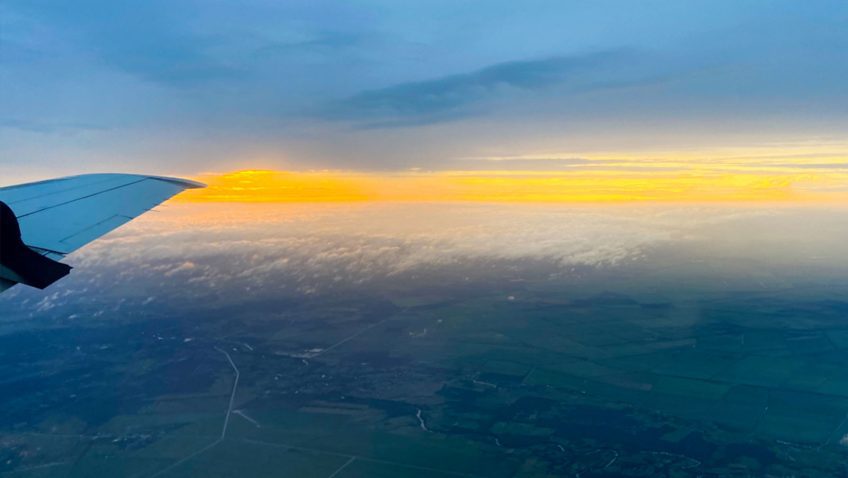Keynotes April-June 2021
AOML’s newest issue of the Keynotes Newsletter is now live! This issue offers in-depth research highlights about new technology for the 2021 hurricane season, the ocean’s role in fueling hurricanes, new uses for Ship of Opportunity Data, new research on heat tolerant corals, eDNA and it’s connection to marine food webs, new sargassum tracking tools, recent publications, and more.
